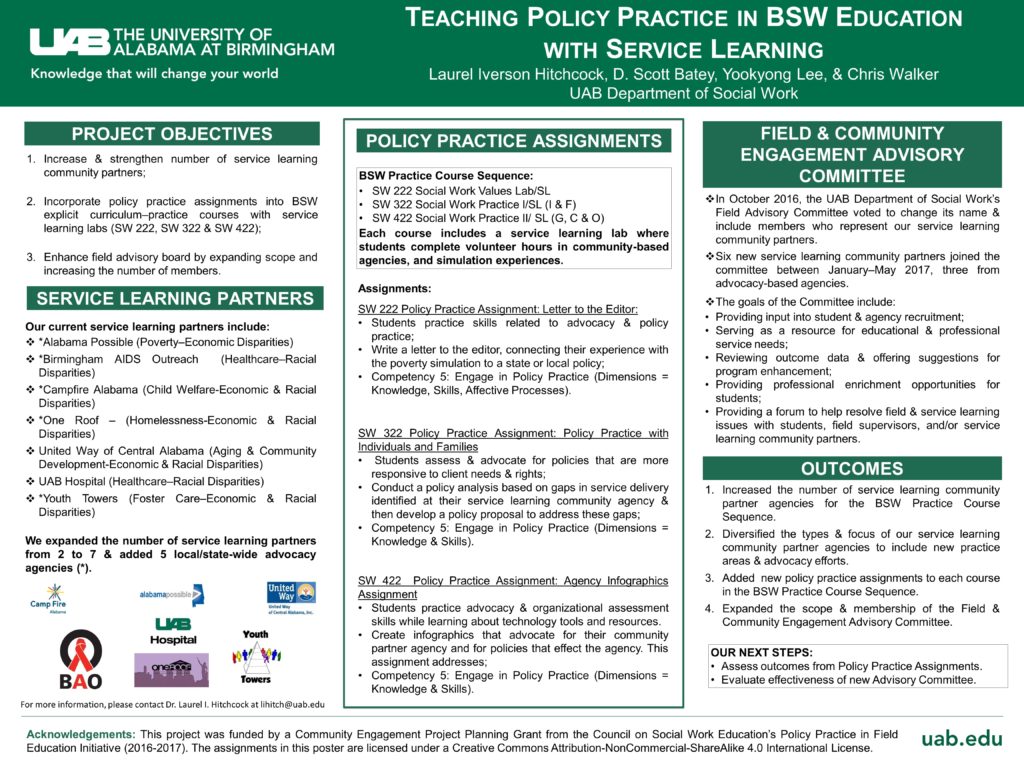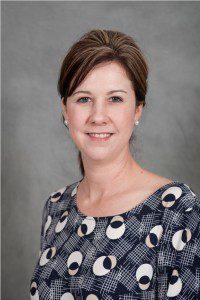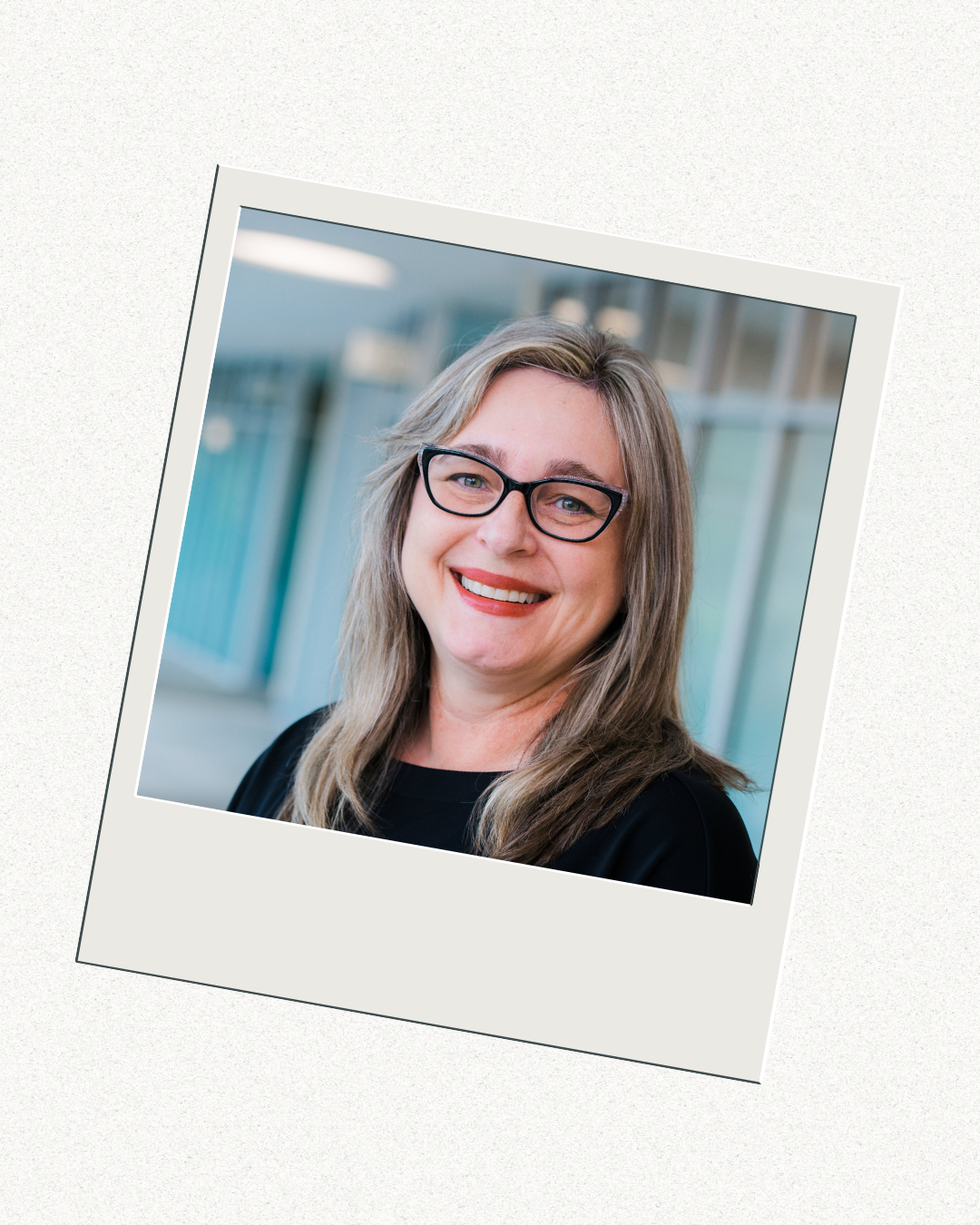#husITa18/#SWSD2018: A Connected Community of Learning for Practice: Social Work Virtual Pal
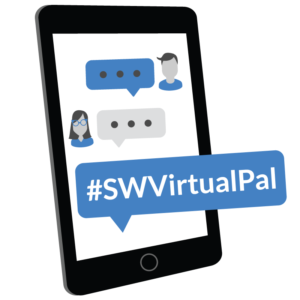 On Friday July 6, 2018 at 5:39 PM in Dobber B of the RSD at the 2018 International Social Work, Education & Social Development Conference, we (Amanda Taylor and Laurel Hitchcock) will be presenting about #SWVirtualPal, an online community for social workers from around the globe with the goal of helping them to engage, learn from each other, and hopefully collaborate on international projects. The development of Social Work Virtual Pal, an innovation that builds upon the original ‘penpal’ idea, currently exists as a Twitter account @SWVirtualPal with an accompanying hashtag #SWVirtualPal. Because of our passion for digital and social technology, we designed Social Work Virtual Pal to promote and support connection through computer mediated engagement via Twitter (a microblogging social media platform), where we first met and connected. This community fills a need in global social work education and practice, that aims to link social work students, educators and practitioners from vast distances and across multiple time zones that in turn break down geographical boundaries. without having to leave their own location and using minimal resources.
On Friday July 6, 2018 at 5:39 PM in Dobber B of the RSD at the 2018 International Social Work, Education & Social Development Conference, we (Amanda Taylor and Laurel Hitchcock) will be presenting about #SWVirtualPal, an online community for social workers from around the globe with the goal of helping them to engage, learn from each other, and hopefully collaborate on international projects. The development of Social Work Virtual Pal, an innovation that builds upon the original ‘penpal’ idea, currently exists as a Twitter account @SWVirtualPal with an accompanying hashtag #SWVirtualPal. Because of our passion for digital and social technology, we designed Social Work Virtual Pal to promote and support connection through computer mediated engagement via Twitter (a microblogging social media platform), where we first met and connected. This community fills a need in global social work education and practice, that aims to link social work students, educators and practitioners from vast distances and across multiple time zones that in turn break down geographical boundaries. without having to leave their own location and using minimal resources.
In previous blog posts, we have shared our thinking around Social Work Virtual Pal, including ways that social work educators can incorporating @SWVirtualPal into the classroom. Here are links to these posts:
– #SWvirtualpal: Hashtagging for Connection
– Social Work Educator’s Guide for #SWVirtualPal
– Social Work Virtual Pal (#SWVirtualPal)… a very ‘real’ connection!
Below you’ll find our conference proposal and a link to our handout.. We’d love it if you joined us on Friday, July 7th and found your own #SWVirtualPal and shared your experiences about using online communities for learning and professional development.
Conference Handout: https://tinyurl.com/SWVirtualPalPoster
Review of Teaching & Learning in Social Work for 2017
 One of my favorite things to do at the end of the year is to read all of the “year-in-review” lists. Books, records, movies, top ten social work journal articles – it doesn’t matter what the list is about, I’ll read it. I am always curious how and why people choose to rank their favorite things from the year. This must be because I find it hard to choose a favorite book or movie when there are so many good options, and how can I exclude anything as a social worker, the profession that loves diversity and strives for inclusion. So for 2017, I offer a list for the Teaching & Learning in Social Work Blog. Not the top-ten blog posts, but the entire year. Here are the numbers:
One of my favorite things to do at the end of the year is to read all of the “year-in-review” lists. Books, records, movies, top ten social work journal articles – it doesn’t matter what the list is about, I’ll read it. I am always curious how and why people choose to rank their favorite things from the year. This must be because I find it hard to choose a favorite book or movie when there are so many good options, and how can I exclude anything as a social worker, the profession that loves diversity and strives for inclusion. So for 2017, I offer a list for the Teaching & Learning in Social Work Blog. Not the top-ten blog posts, but the entire year. Here are the numbers:
Number of Blog Posts in 2017 – My goals was to write or publish at least two posts a month, which happened more months than not:
Total Blog Posts = 25
Highest number of Blog Posts published in one month = 6 (October)
Lowest number of Blog Posts published in one month = 0 (August)
Guest Educator Posts in 2017 – Another goal I have for this blog is to provide a space for others to share their work, particularly work that does not fit into the traditional academic publication venues. For 2017, I am thrilled that eight social work educators wrote seven different blog posts about their scholarship of teaching and learning for the blog. I want to thank all of these authors for sharing their work and for all they do to educate future social workers!
Scholarship Dissemination Posts – My final goal for the year was to write more about my own scholarship by sharing content from conference presentations and any published articles. I published seven posts about national conference presentations with colleagues, and wrote about one article I had published in 2017. Clearly, I am doing more conferencing than publishing.
Below is a list of this year’s post grouped around the topics of assignments, projects, guest educator posts, and conference presentations.
#APM17 Day 1 – Infusing Policy Practice into BSW Service Learning Courses
As part of the Field Education Institute, I am presenting a poster with my colleagues Scott Batey, Yookyong Lee, and Chris Walker (University of Alabama at Birmingham) about the work we did for our Policy Practice in Field Education Initiative Grant from the Council on Social Work Education.
Our project involved creating more policy-based learning opportunities into our undergraduate service learning courses, creating a series of policy-focused activities that are grounded in community-based settings. Our curriculum includes three practice courses with a one-hour service-learning lab. Students take the courses sequentially and complete 32 hours in service learning at a community-based agency or simulation for each lab. By integrating policy-focused learning activities into these service-learning labs, we hope to bridge the gap between our policy courses and field education while simultaneously providing all of our students the opportunity to see how policy affects communities and agencies in our state, especially related to issues of economic and racial disparities. Our specific objectives for this planning grant included: 1) Incorporate at least one policy-based assignment or learning opportunity into each of the service learning labs in our practice sequence; 2) increase and strengthen the number of service learning community partners with local and state-wide advocacy agencies focused on addressing issues of economic and racial disparities; and 3) Enhance our field advisory board by increasing membership to include community partners from our service learning projects, especially partners from policy-based agencies.
Here is a copy of our poster:
Social Media Toolkit for Social Work Field Educators – Get your Free Copy!
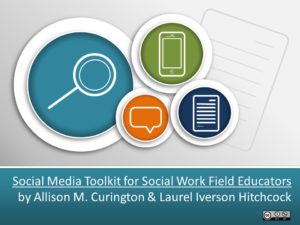 We are pleased to announce the availability of the Social Media Toolkit for Social Work Field Educators. This toolkit provides Field and other Social Work Educators with tools and resources to help social work students and field instructors assess, develop, and maintain an online identity for professional purposes. There are two parts to the toolkit – an Educator’s Guide and a PowerPoint Slide Deck. The Educator’s Guide provides directions, descriptions, and handouts related to the content of the toolkit while the Slide Deck includes pre-formatted slides with selected content for presenting n the classroom or a workshop. Content in this toolkit can be easily adapted to agency-level continuing education.
We are pleased to announce the availability of the Social Media Toolkit for Social Work Field Educators. This toolkit provides Field and other Social Work Educators with tools and resources to help social work students and field instructors assess, develop, and maintain an online identity for professional purposes. There are two parts to the toolkit – an Educator’s Guide and a PowerPoint Slide Deck. The Educator’s Guide provides directions, descriptions, and handouts related to the content of the toolkit while the Slide Deck includes pre-formatted slides with selected content for presenting n the classroom or a workshop. Content in this toolkit can be easily adapted to agency-level continuing education.
The content of this toolkit is divided into five different topics centered on how to use social media professionally as a social worker:
– Reflecting on Social Media Use in Social Work Practice
– Engaging and Self-Assessment with Social Media
– Professional Practice with Social Media
– Case Studies for Students & Field Educators
– Social Media Learning Activities for Field Education
#BPDNOLA17 – The Social Media Toolkit goes on the road
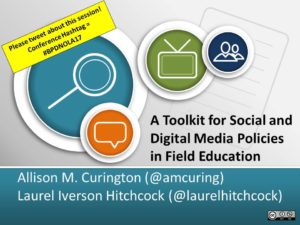 In November 2016, I had the pleasure of presenting with Allison Curington, Director of Field Education at the University of Alabama, about our Social Media Policy Toolkit at CSWE’s 2016 Annual Program Meeting in Atlanta, GA. Today, we are at BPD’s 2017 Annual Conference in New Orleans to share our work once again. We will be talking about a project that we have been working on for the past two years, a Toolkit for Social and Digital Media Policies in Field Education. Please join us at 11:00 AM in Bayside B at the Sheraton in New Orleans for our presentation. Allison and I started collaborating on this toolkit after many, many conversations about the growing use (and misuse) of social media in field education by students, educators and field supervisors. We saw that field directors were increasingly dealing with ethical and practical issues related to the use of social and digital media in field education, and we wanted to provide information and tools to help field directors raise awareness with students and field supervisors.
In November 2016, I had the pleasure of presenting with Allison Curington, Director of Field Education at the University of Alabama, about our Social Media Policy Toolkit at CSWE’s 2016 Annual Program Meeting in Atlanta, GA. Today, we are at BPD’s 2017 Annual Conference in New Orleans to share our work once again. We will be talking about a project that we have been working on for the past two years, a Toolkit for Social and Digital Media Policies in Field Education. Please join us at 11:00 AM in Bayside B at the Sheraton in New Orleans for our presentation. Allison and I started collaborating on this toolkit after many, many conversations about the growing use (and misuse) of social media in field education by students, educators and field supervisors. We saw that field directors were increasingly dealing with ethical and practical issues related to the use of social and digital media in field education, and we wanted to provide information and tools to help field directors raise awareness with students and field supervisors.
Based on feedback from CSWE and a Field Educator’s training at UA in January, we have updated our tools and hope to get even more feedback from our BPD colleagues before launching our toolkit. In our interactive workshop today, we plan to present on the toolkit and share one of the tools from the kit – Social Media Policy Checklist and Worksheet for Social Workers.
Modeling Practice: Social Media Guidelines in Social Work Field Education
Last year, I wrote my own profession guidelines for how I use social media in my professional practice as a social work educator. This is often referred to as a Professional Social Media Policy, and is a recommended practice from National Association of Social Workers (NASW, n.d.). Specifically, these guidelines are personal to me, and describe how I strive to interact with students, colleagues and other professionals when using digital and social media. I include these guidelines in my course syllabi and they guide how I use social media to engage students online, disseminate my research, and network with colleagues.
These guidelines came about because of a collaborative project with Allison Curington, Director of Field Education at the University of Alabama. We have been working a toolkit to help social work field educators deal with ethical and practical issues related to the use of social and digital media in field education, focusing on information and tools to help field directors raise awareness with students and field supervisors. As part of this process, Allison also wrote her own professional social media policy. She then decided to ask the entire staff in the UA Office of Field Education to assess their social media use for their own policies. In this interview style post, Allison shares her thoughts about how the process worked and the UA Field Staff developed their own professional social media policies.
How did you write your own policy? How did you approach this process?
Navigating the landscape of technology and social media has been quite the challenge in field education. I can remember when MySpace was all the rage as I was beginning my career as a field director. However, there were very few students in our graduate program who participated on social media platforms. Honestly, we were just trying to navigate not having enough cell phone coverage in rural areas at that time! Fast forward 13 years and you have an entirely new landscape. I would have never dreamed as a field director that I would be dealing with a generation of students who use their primary mode of communication with something other than the phone, e-mail, or even snail mail.

